52 Tips for Models Coming to a Photo Shoot
Hi, I’m Isa Aydin, a commercial photographer and cinematographer with a passion for creating captivating advertising imagery. My expertise lies in product photography, particularly in the areas of makeup, skincare, and fashion photography. Over the years, I’ve developed a distinctive style characterized by bold geometrical patterns and vibrant colors that bring products to life and grab attention.
I’m based in New York but also operate studios in Northern New Jersey and California, offering flexibility to clients across multiple regions. My work has been featured in a variety of high-profile outlets, including magazines, outdoor advertising campaigns, department stores, malls, and airports worldwide. Whether it’s a billboard on a bustling city street or a product display in a high-end retail store, my goal is to create visuals that not only look stunning but also drive results.
As a photographer, I’m always on the lookout for new talent to collaborate with. Whether you’re an aspiring model looking to break into the industry or a seasoned professional seeking your next exciting project, you could be the perfect fit for my upcoming shoots. I believe in fostering creativity and showcasing the best of what each collaboration can achieve.
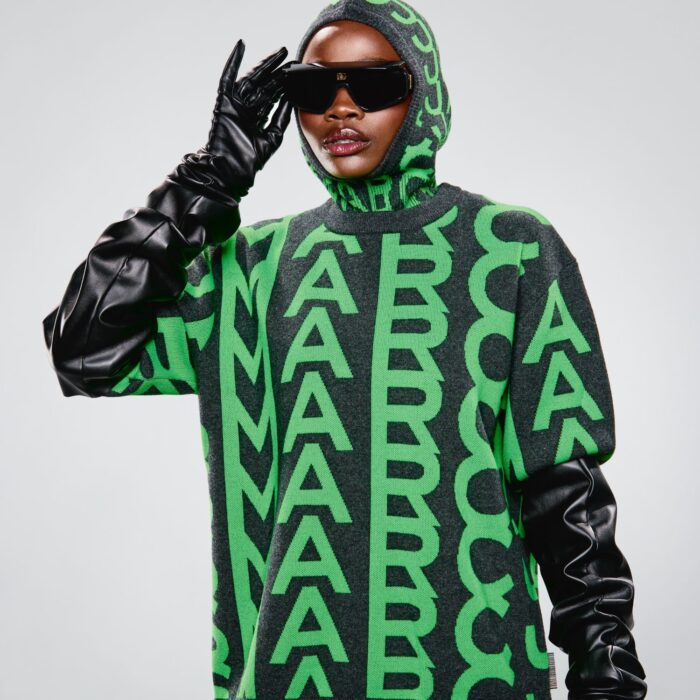
This article is regularly updated with fresh tips, insights, and updates about my projects. Be sure to bookmark this page and check back often to stay informed about the latest trends and opportunities in the world of commercial photography. Last updated: Jan 26, 2025.
Now Let’s Talk About Tips for Modeling
Starting a modeling career or attending your first photoshoot can be an exciting yet intimidating experience, especially when working with a new photographer. To help you navigate the journey and build your confidence, I’ve put together my top 12 tips for models. These tips will guide you on what to do before, during, and after your photoshoot. Additionally, I’ve included some helpful resources and platforms to find modeling opportunities and stay connected with us.
How to Get Modeling Jobs
If you’re serious about building your modeling career, ModelMayhem.com is an excellent platform. It connects models, photographers, and agencies, making it easier to find opportunities tailored to your experience level and location. If you don’t already have an account, I strongly recommend creating one. I frequently use my photographer’s account there to discover talented models for my projects.
Instagram & Daily Casting Calls
Stay updated on daily casting calls and exclusive opportunities to work by following casting channel. You can also see, updates on latest shoots, and inspiration by following photographer’s Instagram account. If you’re interested in modeling with the studio, feel free to reach out through Instagram DMs or send them your portfolio.
Daily Model Casting Channel: Daily Casting Calls
Photographer’s Instagram Account: Follow Us
Application for US-Based Models
If are you based in the United States submit your application through model submission form to be considered for upcoming local photoshoots. Studio is always on the lookout for fresh talent, so don’t hesitate to apply.
Top 52 Tips for Models
Here are my top 52 tips to help you ace your first photoshoot and make a great impression. By following these tips and using the resources provided, you can kickstart your modeling career and make a lasting impact in the industry.
Model measurements and digitals for casting
Before coming to the photoshoot, you need to provide the photographer with your measurements and digitals. Digitals are photos taken against a white background from all angles. These should be in a bikini or swimsuit and taken from all four sides.
Capturing the Perfect Photos for Your Modeling Portfolio
Providing well-framed, high-quality photos is essential to making a great first impression in the modeling industry. Here are some detailed guidelines to help you take and submit the best possible images for your portfolio or casting calls:
1. Frame the Photos Correctly:
When taking photos, ensure you fill the frame with your subject—whether it’s a headshot, full-body image, or a close-up. Avoid excessive empty space around you in the frame to keep the focus on you.
Camera Position Matters
If you’re taking photos yourself, keep the following in mind:
2. Camera Position: Place the camera at or slightly above waist level.
3. Angle: Keep the camera straight forward, avoiding extreme angles.
4. Too Low: Can make your body look larger or distorted.
5. Too High: Can make you appear shorter.
Using the right camera position ensures a balanced and flattering perspective.
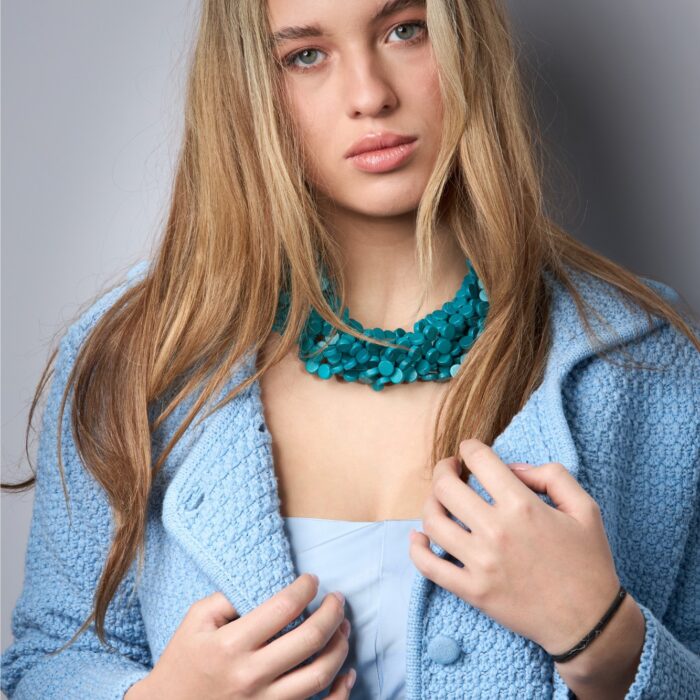
Headshots
Your headshots are among the most important photos in your portfolio. Here’s how to capture them effectively:
6. Outdoor Lighting: Take your headshots outdoors in natural light for clarity and vibrance.
7. Framing: Ensure your face fills the frame, focusing on your features.
8. Angles: Include headshots from multiple angles to show your profile and versatility.
9. No Filters: Avoid any filters or editing to keep the images authentic.
These photos are selling your look, so make sure they represent you in the best possible way.
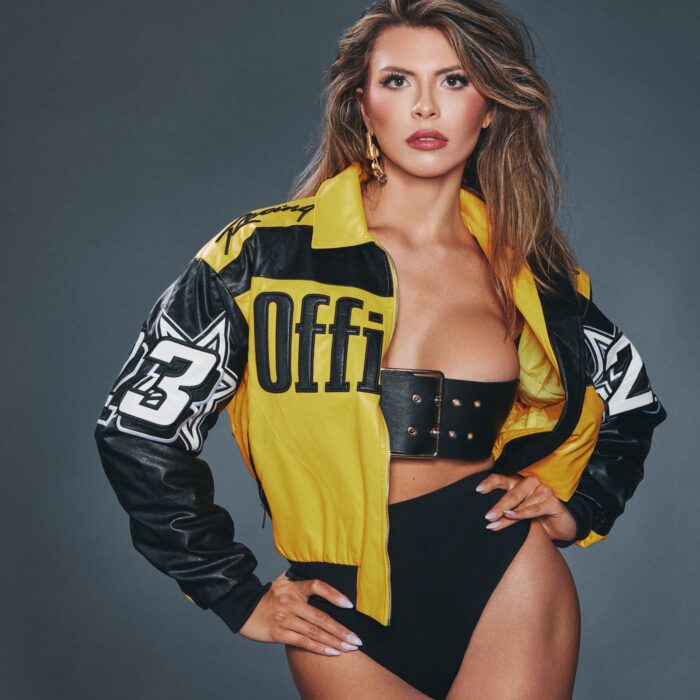
Makeup for Digitals
Digitals (also called polaroids) are essential for showing your natural appearance. Follow these guidelines:
10. No Makeup: Avoid wearing any makeup. Agencies and photographers need to see your natural features.
11. No Editing: Leave the photos unedited to reflect an accurate representation of yourself.
The goal of digitals is to showcase your raw, natural beauty.
Close-Up Shots
In addition to headshots, include close-ups of specific areas:
12. Key Features: Hands, legs, neck, and any tattoos you may have.
13. Details: Make sure these shots are clear and well-lit, highlighting any unique features.
These images help photographers and casting agents understand your full range of features.
Professional Images
While unedited digitals are a must, you should also include polished professional photos:
14. Makeup: These images should include light makeup to highlight your features.
15. Professional Quality: Consider working with a professional photographer to ensure high-quality shots.
16. No Overediting: Avoid heavy retouching, as agencies prefer a realistic representation of you.
Accuracy Matters
17 . Submitting real, accurate images avoids misunderstandings, last-minute cancellations, or rejections. It also creates a smoother process for both you and the agency or photographer. Honesty and precision in your photos help build trust and increase your chances of being selected.
By following these tips, you’ll create a strong and professional portfolio that showcases your potential and sets you apart.
Stay Calm and Positive for Your Photoshoot
Approaching a photoshoot with the right mindset can make all the difference in your performance and the final results. Here are some tips to help you stay relaxed and energized:
18. Relax and Set the Mood:
Take a moment to unwind and get into the right headspace before the shoot. A calm and positive attitude helps you feel more confident in front of the camera. If you’re feeling tense, try using tempo music to set a fun, upbeat, or soothing atmosphere that matches the shoot’s vibe.
19. Avoid Heavy Meals:
Steer clear of heavy or greasy foods before the photoshoot. A full, heavy stomach can leave you feeling sluggish, which can affect your energy and poses. Opt for light, nutritious snacks to keep you feeling comfortable and energized.
20. Hydrate, but Don’t Overdo It:
Drink water throughout the day to stay hydrated, but avoid drinking too much right before the shoot to prevent discomfort.
21. Visualize Success:
Picture yourself nailing the shoot—this simple mindset trick can boost your confidence and help you perform your best.
Staying calm and maintaining a positive energy ensures you not only enjoy the experience but also deliver your best work.
Practice and Research Your Poses
A key part of being a successful model is mastering the art of posing. Being able to pose confidently and naturally will set you apart. Here’s how to refine your posing skills and prepare for any photoshoot:
22. Practice Makes Perfect
23. Rehearse at Home: Start practicing in front of a mirror. Observe how your body moves and experiment with different poses. Pay attention to your angles and posture.
24. Get Feedback: Ask a friend to take pictures of you using a phone. Review the photos together and ask for honest feedback to understand what works and what doesn’t.
25. Study Professional Models: Look through magazines, online galleries, and social media to see how experienced models pose. Take note of their expressions, body positioning, and how they interact with props or surroundings.
Prepare for the Photoshoot
26.Review Reference Poses: If the photographer provides you with reference poses or inspiration boards before the shoot, study and practice them in advance. Knowing what is expected will make you feel more confident and show that you’re professional.
27. Work with a Call Sheet: On professional shoots, you’ll often receive a call sheet and a brief detailing the poses and vibe of the session. Take time to understand the brief and practice those specific poses beforehand.
The Importance of Posing
28. Why Posing Matters: More than 50% of models struggle with posing, which can limit their success. Models who can pose naturally and creatively are always prioritized, regardless of their appearance.
29. Stand Out as a Beginner: Even if you’re a first-time model, strong posing skills will make you stand out. A photographer would rather work with a model who knows how to move and express emotions than someone inexperienced.
Tips for Better Posing
30. Body Awareness: Understand your best angles and know how to highlight your strengths.
31. Expressions Matter: Practice various facial expressions to match the mood of the shoot. Your face should tell a story.
32. Be Adaptable: Learn to mimic poses and adjust your positioning based on the photographer’s directions.
33. Patience is Key: Posing is one of the hardest parts of modeling, but with consistent practice, it becomes second nature.
Why It Pays to Be Prepared
Photographers value models who come to a shoot ready, prepared, and easy to work with. Showing that you’ve practiced will impress the team and can lead to more opportunities in the future. In modeling, confidence and preparation are just as important as looks—so practice, research, and stand out!
34. Remember to Feel Confident
Confidence is one of the most important qualities for a model. It not only shapes how you feel but also impacts how you appear in photos. Here’s how to build and maintain confidence during a photoshoot:
Why Confidence Matters
35. Enhances Your Look: Feeling good about yourself reflects in your posture, expressions, and overall presence, making you look more polished and professional.
36. Builds Presence: Confidence allows you to stand out and leave a lasting impression on photographers and clients.
How to Build Confidence
37. Take Time to Prepare: Practicing your poses, knowing the brief, and understanding what’s expected of you will give you a sense of control and ease.
38. Focus on Positivity: Remind yourself of your strengths and why you’re there. A positive mindset can work wonders in calming nerves.
Engage with Your Photographer
39. Communicate: Talk to your photographer before and during the shoot. A simple conversation can help you relax and build trust.
40. Collaborate: Feel free to make suggestions or share ideas. Many photographers appreciate input, and your suggestions could enhance the shoot.
Trust the Process
41. Relax: It’s normal to feel nervous, especially during your first few shoots. Take a deep breath and trust the team around you.
42. Learn from Each Experience: Every photoshoot is an opportunity to grow. Confidence builds over time with practice and experience.
By fostering confidence and building trust with your photographer, you’ll not only feel better during the shoot but also deliver your best work. Confidence is the foundation of great modeling!
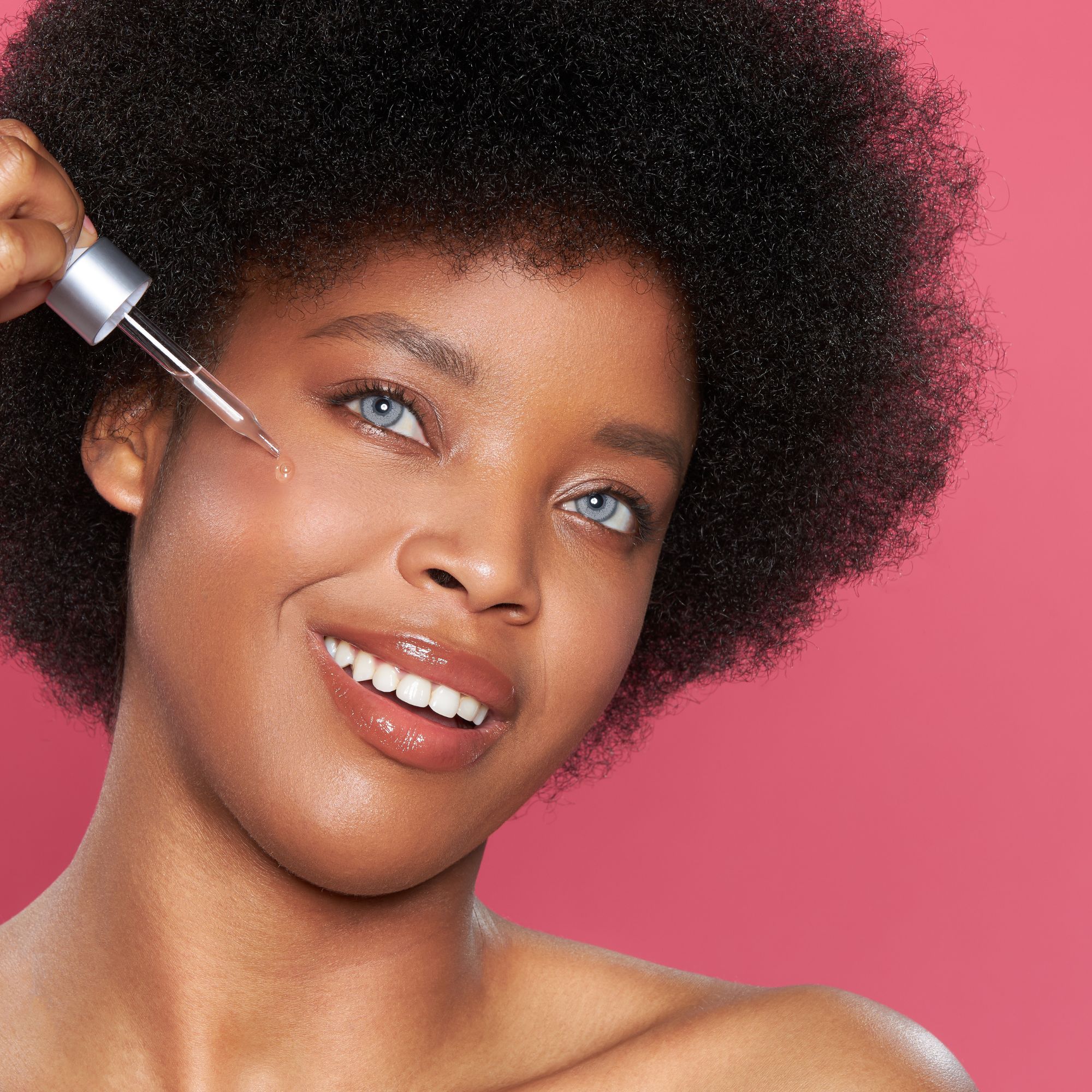
Take Good Care of Yourself and Your Appearance
Maintaining a polished and healthy appearance is essential for a successful modeling career. Here’s how to ensure you’re always camera-ready:
Skin and Body Care
43. Keep Your Skin Clean and Moisturized: Make sure your skin is hydrated and free of dryness by using smoothing creams on your hands and legs. Avoid overly oily products, as they can create unwanted shine under studio lights.
44. Inform About Allergies: Always notify the photographer and makeup artist of any allergies or sensitivities to beauty products before the shoot to avoid reactions.
Healthy Lifestyle Habits
45. Monitor Your Diet: A balanced, nutritious diet helps maintain clear skin and a healthy weight, both of which are vital for modeling.
46. Exercise Regularly: Regular workouts keep your body toned and improve posture, both of which contribute to better photos.
47. Hydrate: Drinking plenty of water is essential for glowing skin and overall well-being.
Natural Beauty is Key
48. Avoid Artificial Enhancements: Stay away from false eyelashes, eyebrow tattoos, or other artificial enhancements. Clients and photographers value a natural, unaltered look, especially in industries like commercial or product photography.
49. Eyebrows and Eyelashes: Keep them natural and groomed to highlight your features authentically.
50. Avoid Tattoos:
If you are planning to be a model, avoid getting any tattoos. Most photographers and clients prefer models without tattoos, and having one could be a reason for rejection. Tattoos can be difficult and time-consuming to remove in post-production, which is why they are generally not favored. If modeling is your goal, it’s best to hold off on getting tattoos until after your career.
51. Keep Your Nails Short:
It is best to avoid super long nails. Clients typically look for natural, medium-length nails with rounded or slightly square tips. So, steer clear of pointy, French nails and super long nails. If you are hired for a nail polish photoshoot where you need to change the nail polish multiple times, make sure you do not have any acrylic products on your nails. This can significantly slow down the process.
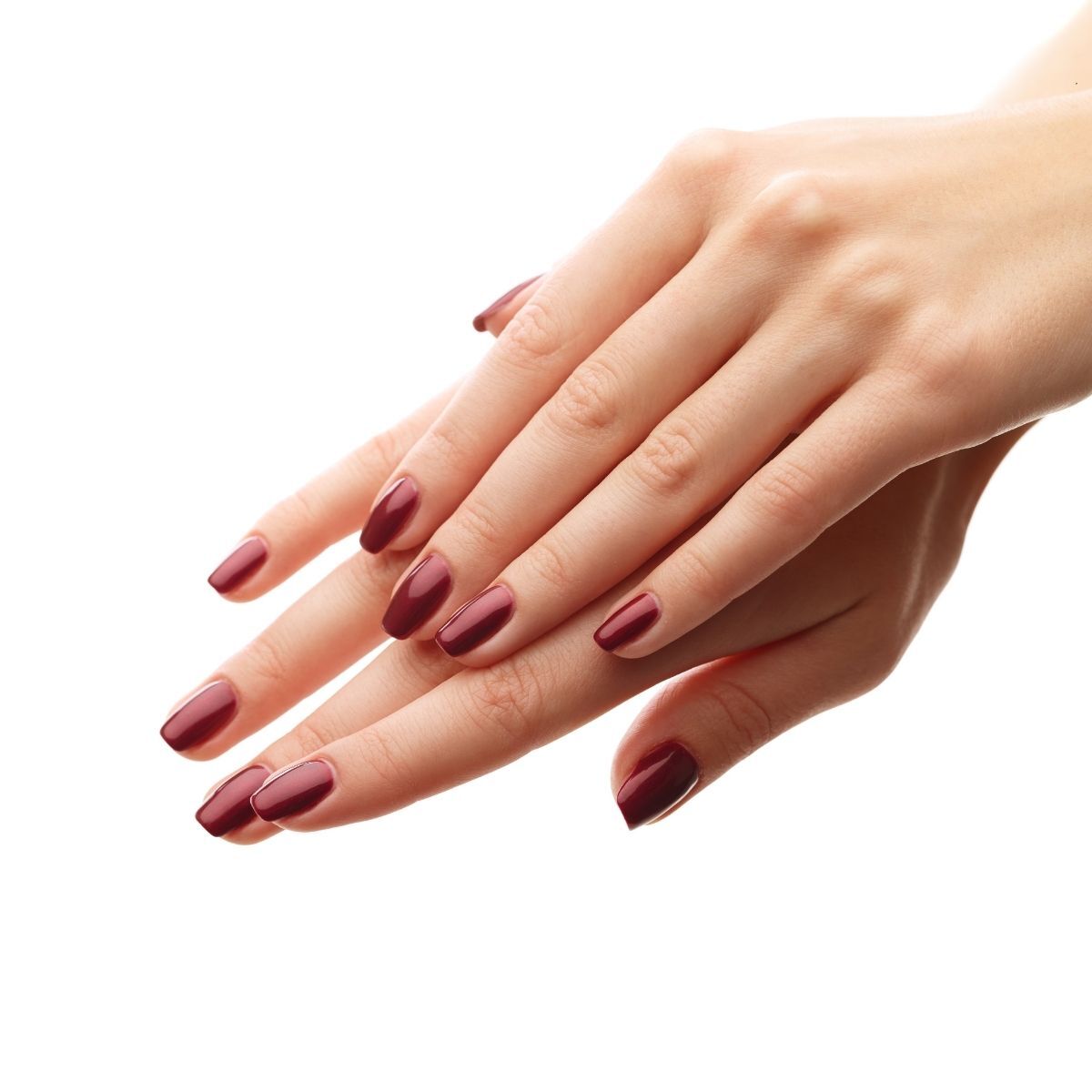
52. Embrace Natural Beauty – Avoid Fillers:
Clients usually prefer models with a natural look, so it’s best to avoid lip fillers and other facial enhancements unless absolutely necessary. Remember, while photographers may offer suggestions, the final decision is up to the client, and they often favor a natural appearance.

Types of Modeling
Starting your modeling career and going to your first photoshoot with a new photographer can be nerve-wracking. To help you feel more confident, let’s first explore the different types of modeling to see which one suits you best.
Commercial Modeling
If high-fashion modeling isn’t your passion, commercial modeling might be a better fit for you. Commercial models are used for a wide variety of advertising purposes and don’t need to meet specific age, height, or size requirements. This makes it a versatile and accessible option for many aspiring models.
Fashion Modeling
Fashion models are generally expected to be around 5’10” to 6’ tall. In addition to height, fashion models should maintain a slim and toned physique, with well-proportioned body measurements. Having clear skin, healthy hair, and a strong bone structure are also important attributes for fashion models.
Developing a unique and versatile look can help you stand out in the competitive fashion industry. Additionally, practicing confident and graceful runway walking is essential to showcase designer clothing effectively. Furthermore, being comfortable in front of the camera and understanding how to pose for fashion photography are crucial skills for a successful career.
Beauty Modeling
Beauty modeling focuses on the close-up shots that highlight facial features, hair, and skin. Models in this category are often used for makeup, skincare, and haircare advertisements. Here are some key aspects of beauty modeling:
- Flawless Skin: Beauty models should have clear, glowing skin. Regular skincare routines and professional treatments can help maintain a perfect complexion.
- Symmetrical Features: Symmetry is highly valued in beauty modeling. Balanced facial features can enhance the overall appeal of makeup and skincare products.
- Expressive Eyes: Having captivating and expressive eyes is essential, as beauty modeling often involves close-up shots that focus on eye makeup and eye-related products.
- Healthy Hair: Lustrous, well-maintained hair is crucial for haircare product shoots. Regular trims, conditioning treatments, and a proper hair care routine are important for keeping hair in top condition.
- Versatile Looks: Being able to adapt to various makeup styles and trends is vital. Beauty models should practice different makeup looks and learn how to showcase various products effectively.
If you are in California, you can model for our Los Angeles Beauty product photography studio by applying here. By focusing on these aspects, beauty models can create stunning images that highlight their features and make a significant impact in the beauty product and cosmetics photography.
Catalog Modeling
Catalog models need to look relatable and authentic. Unlike editorial models, they don’t have to meet strict physical requirements. A beautiful smile, radiant skin, and healthy hair are important features for catalog models, as they need to engage and charm the target audience.
Parts Modeling
If you often receive compliments on specific body parts, like your eyes, legs, or feet, parts modeling might be for you. This type of modeling focuses on specific body parts and is a subgenre of commercial modeling. Agents look for models with well-proportioned hands and feet to showcase products. For example, foot models often work with shoe companies to display their products effectively.
Hand Modeling
Hand modeling is a specific type of parts modeling. Hand models are used to advertise beauty products, such as jewelry or cosmetics, and to demonstrate actions in close-up shots for advertisements. If you have petite hands and long fingers, this could be an ideal niche for you.
Plus-Size Modeling
The plus-size modeling industry has grown significantly in recent years, with many leading fashion agencies now having dedicated plus-size departments. If you are size 12 or larger, plus-size modeling offers a great opportunity to enter the world of modeling. The industry uses sizes rather than measurements to categorize plus-size models.
Lingerie or Swimsuit Modeling
Lingerie and swimsuit models typically have more curves compared to editorial models. They model lingerie, bikinis, other swimwear, and can also model summer wear and sleepwear. This type of modeling highlights a curvaceous and confident appearance.
Fitness Modeling
If you are toned, fit, and athletic, fitness modeling might be the right path for you. Many fitness models started as trainers or athletes. Opportunities in fitness modeling include working with fitness and athleisure brands, as well as supplement manufacturers.
Child Modeling
If you have a child younger than 13 with a big personality, child modeling could be their calling. Child models don’t need to meet specific height or size requirements. As long as they are comfortable working on set with strangers, they could become the next big child model.
Conclusion
Embarking on a modeling career can be both exciting and daunting, especially when you’re just starting out. By understanding the different types of modeling and following the tips provided, you can navigate your first photoshoot with confidence. Remember, staying calm, practicing your poses, and maintaining a natural appearance are key to making a great impression. Keep yourself healthy, communicate openly with your photographer, and always be prepared. With dedication and the right approach, you can succeed in the modeling industry and enjoy a rewarding career. Good luck on your modeling journey!
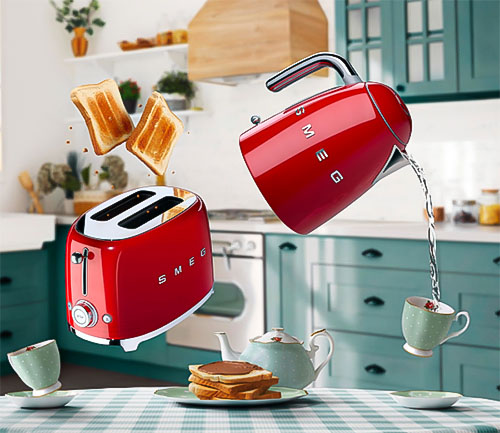

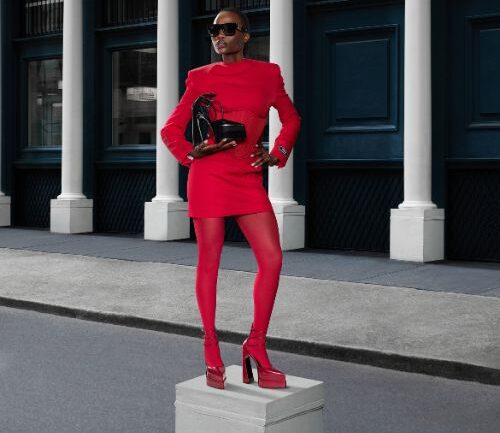
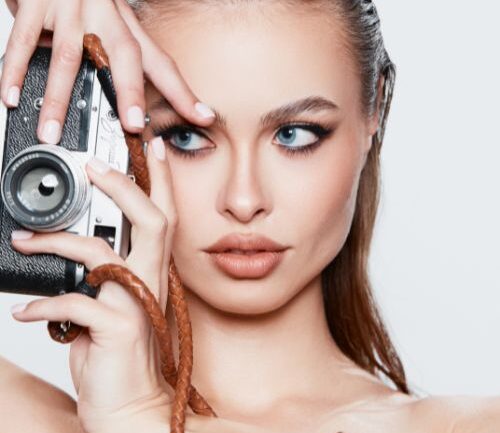
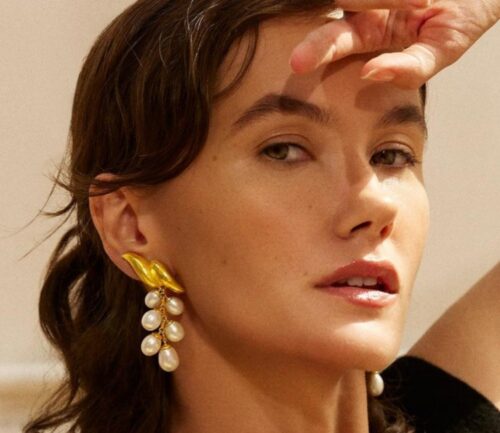
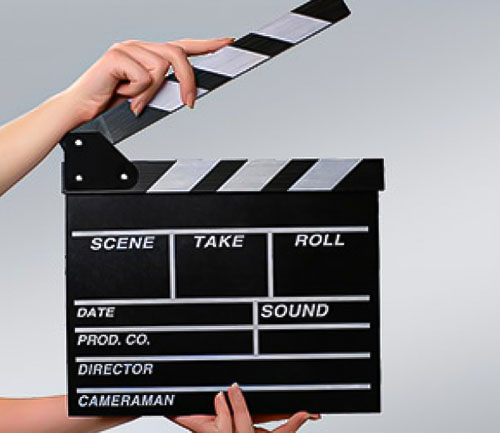
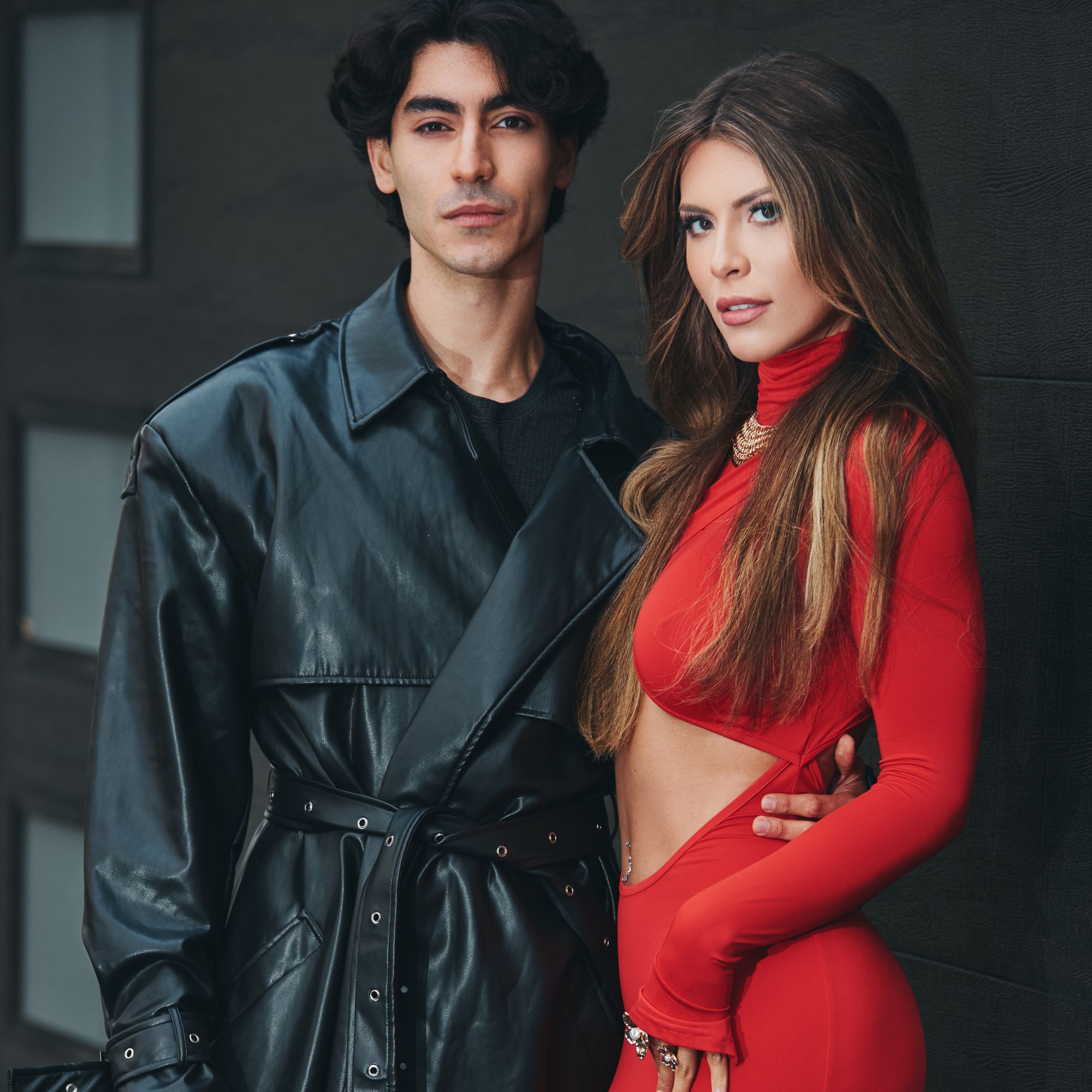
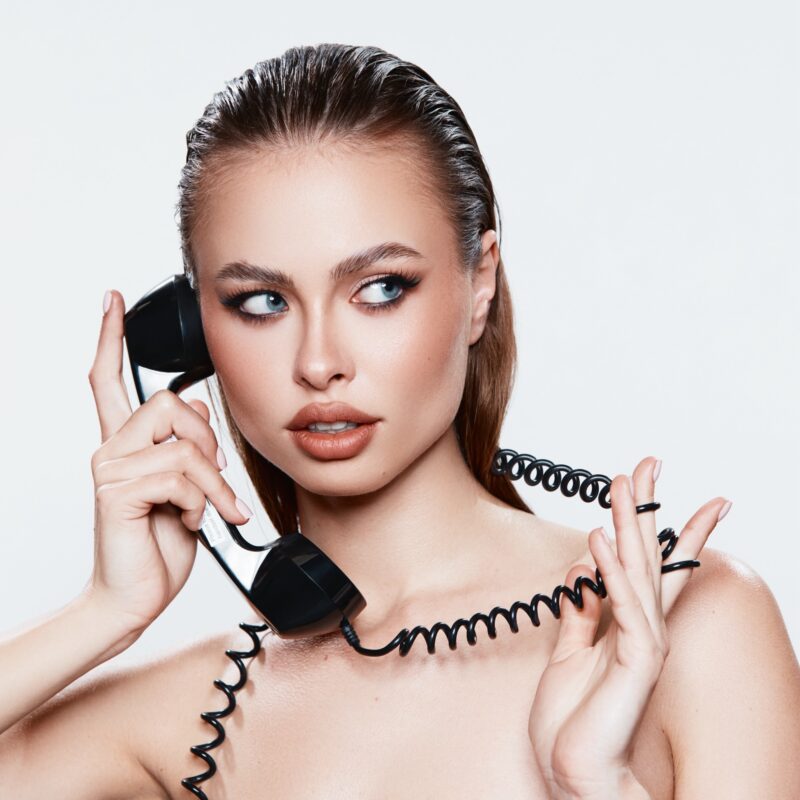
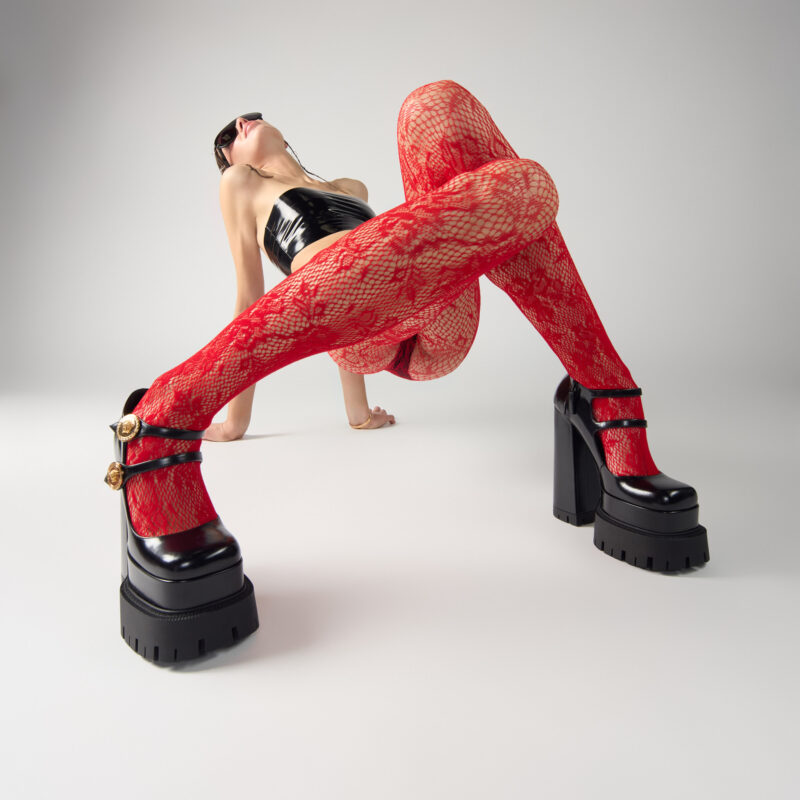
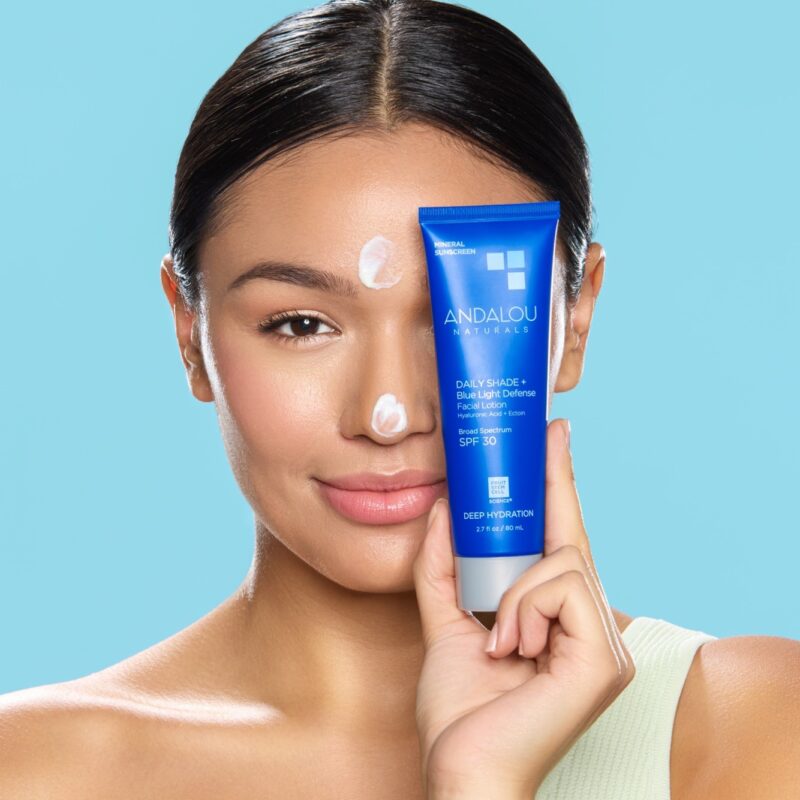
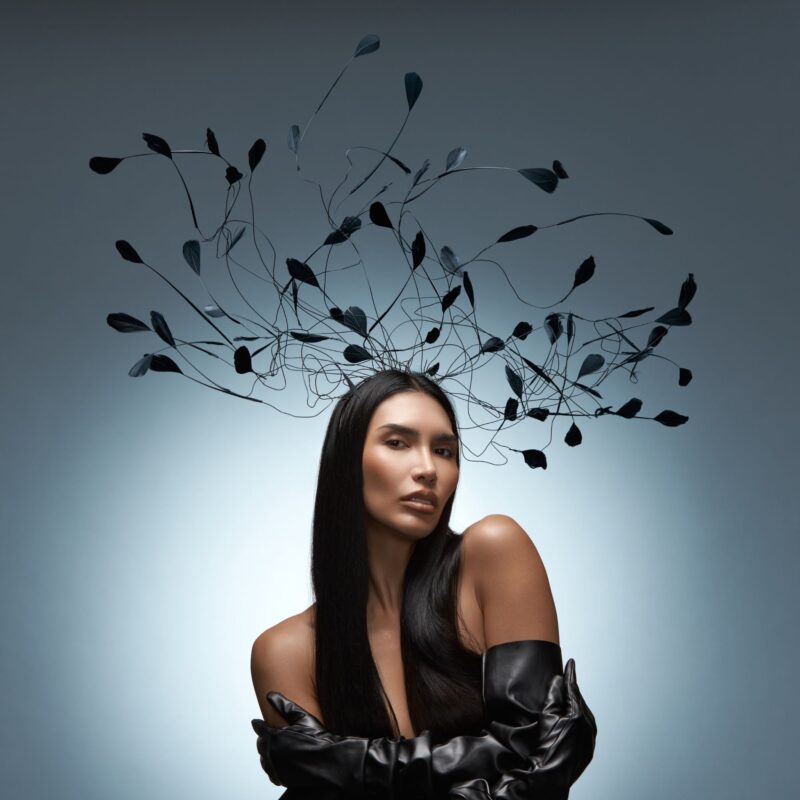
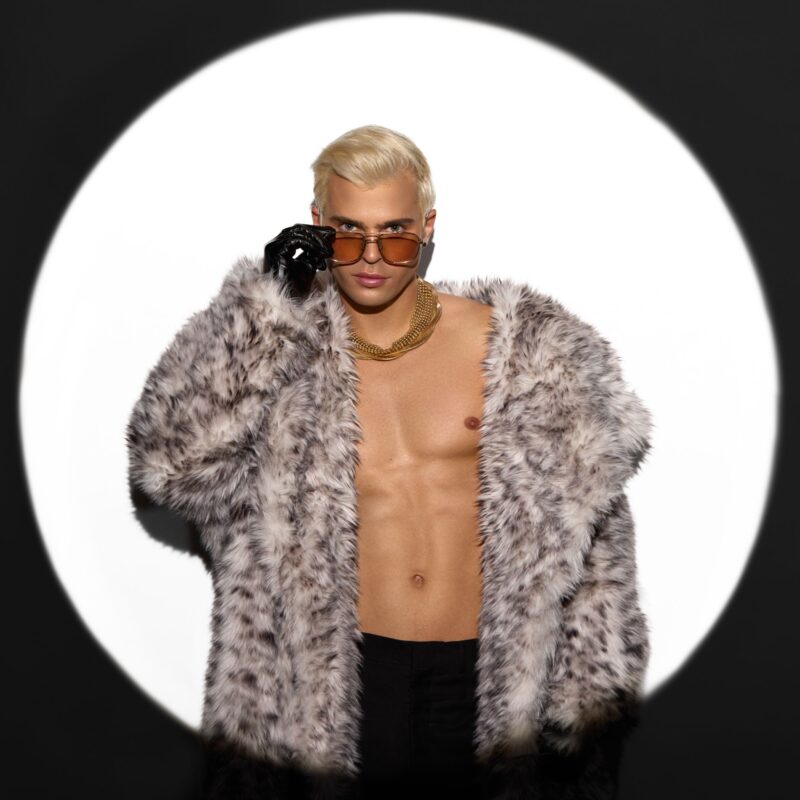
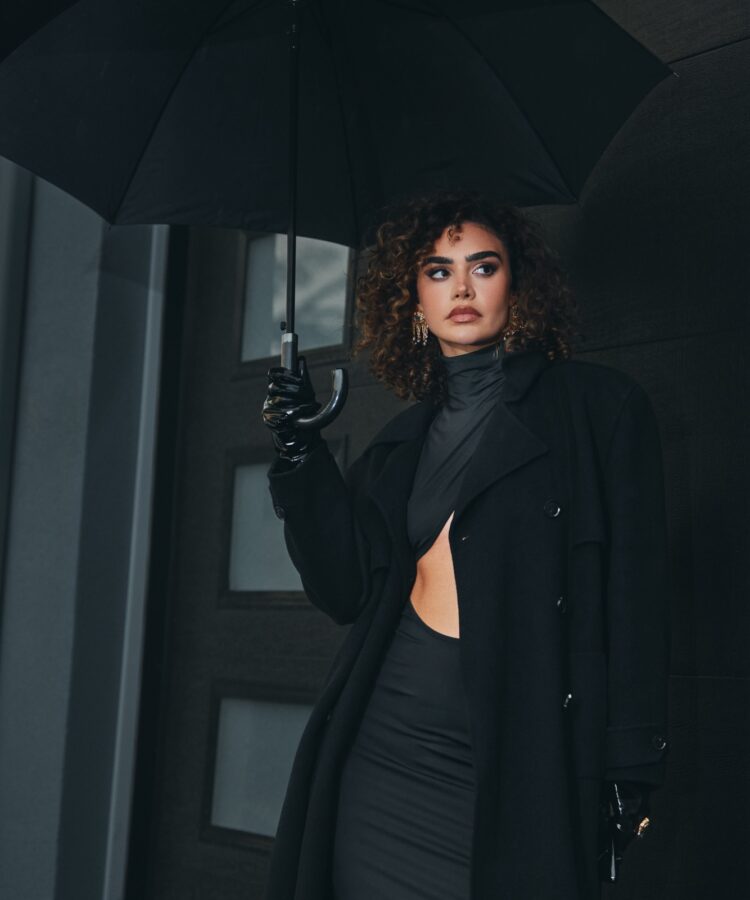
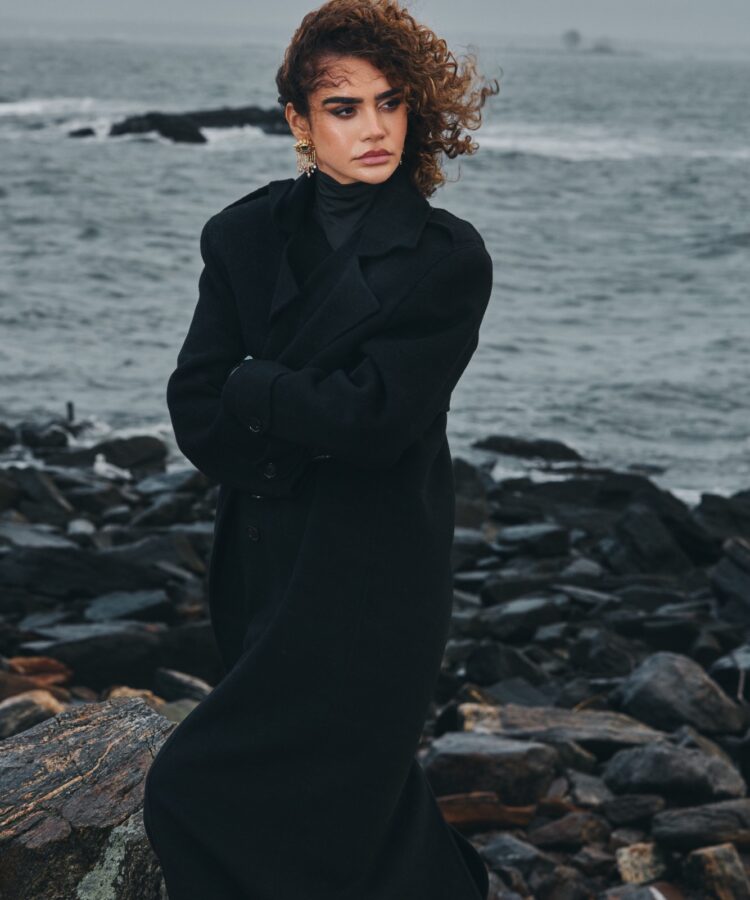
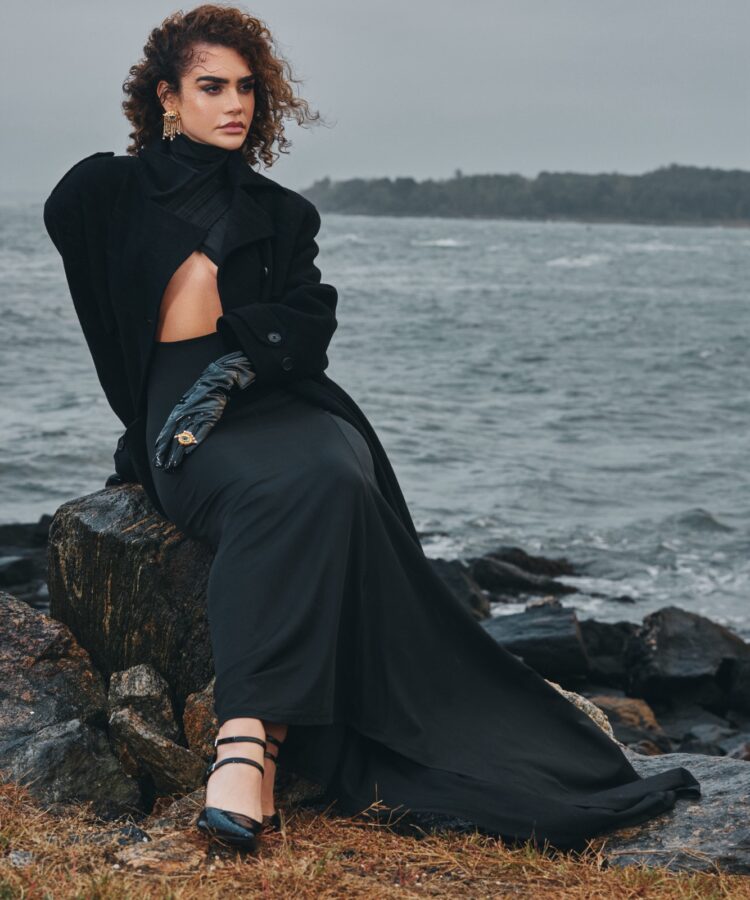
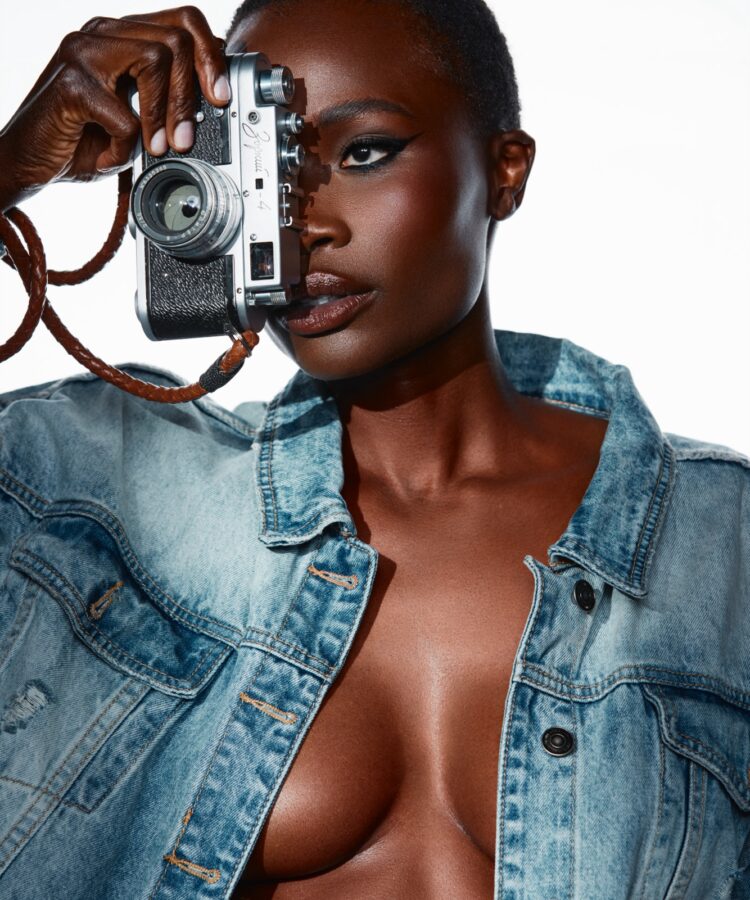
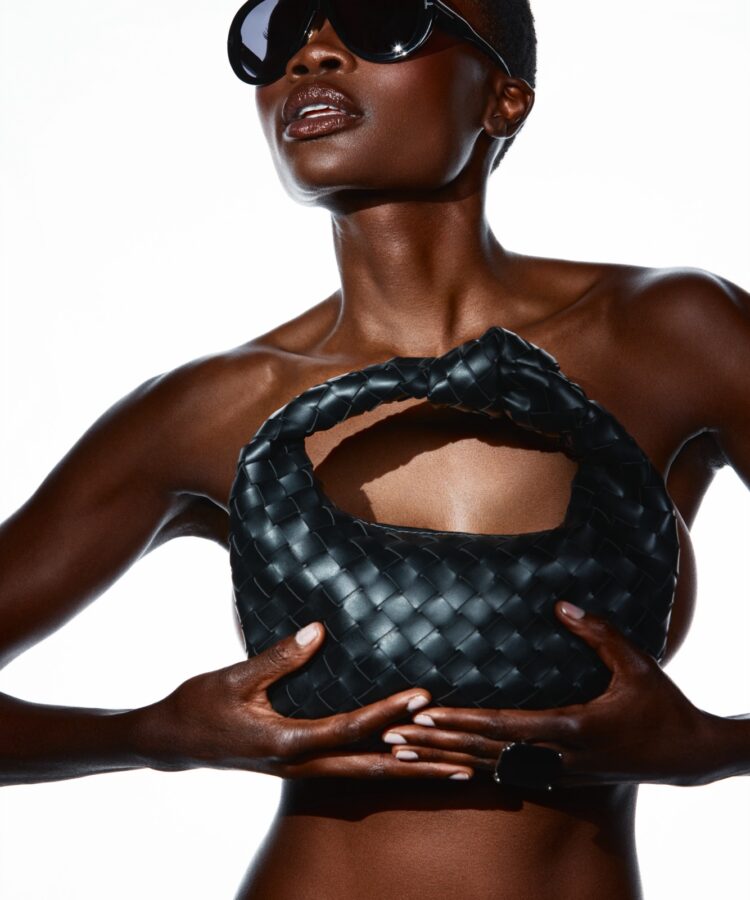
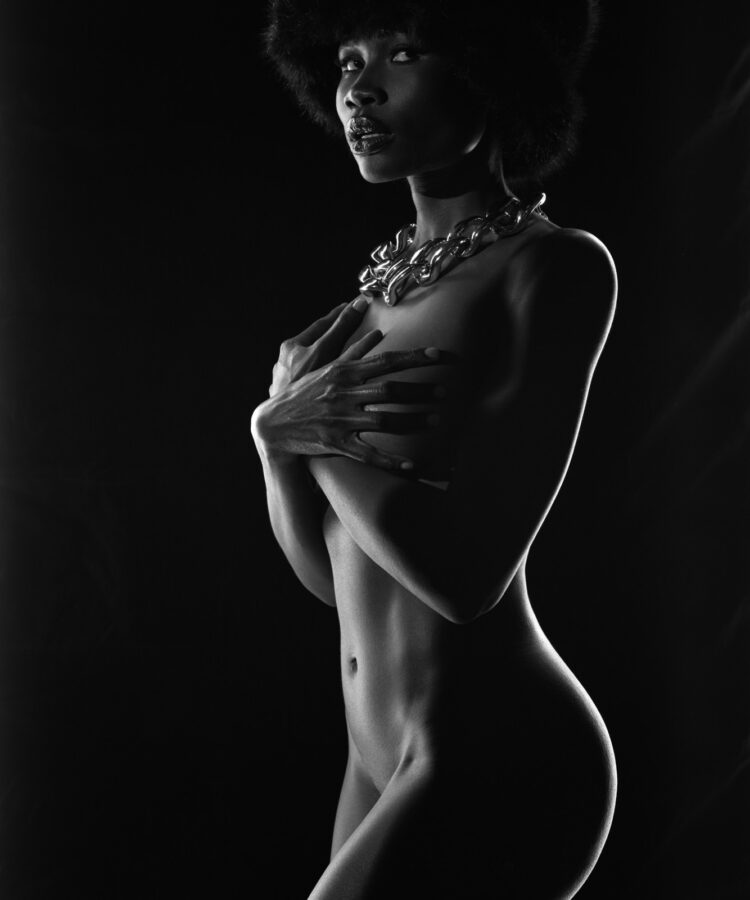
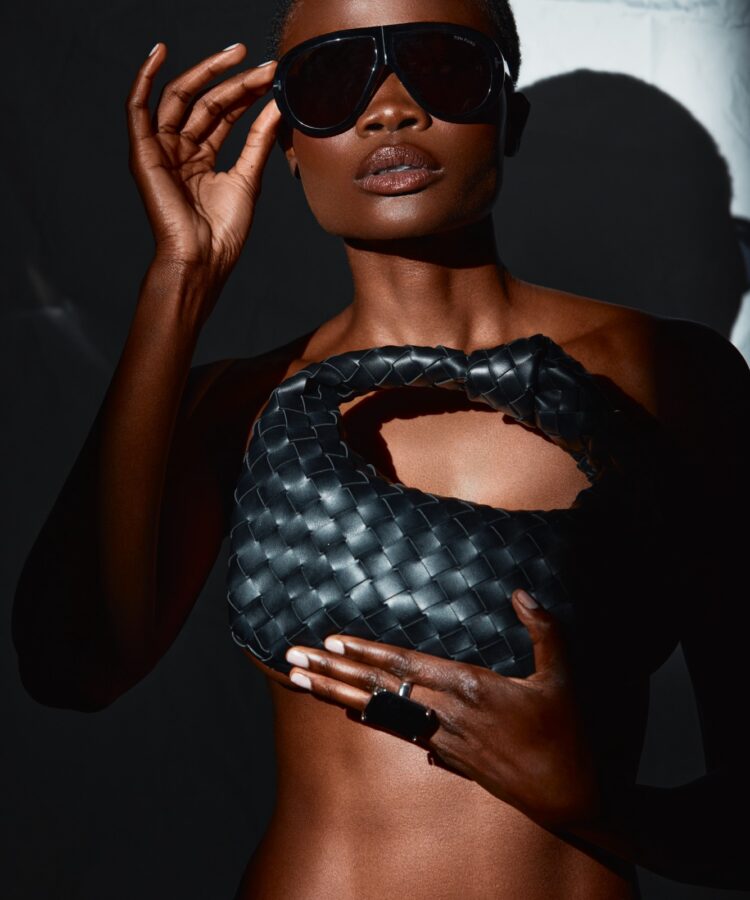
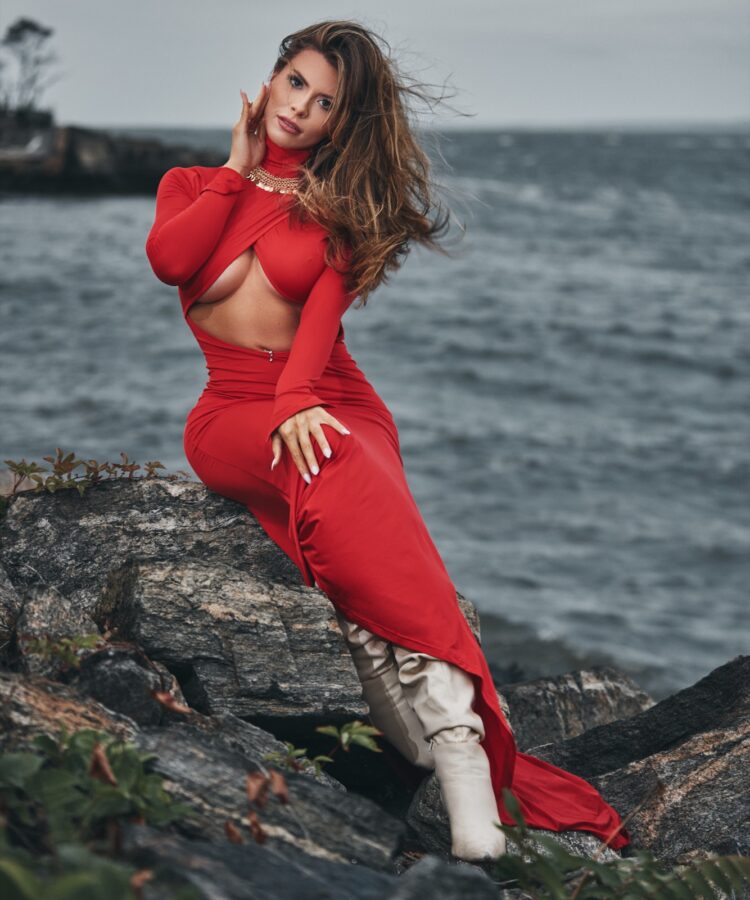
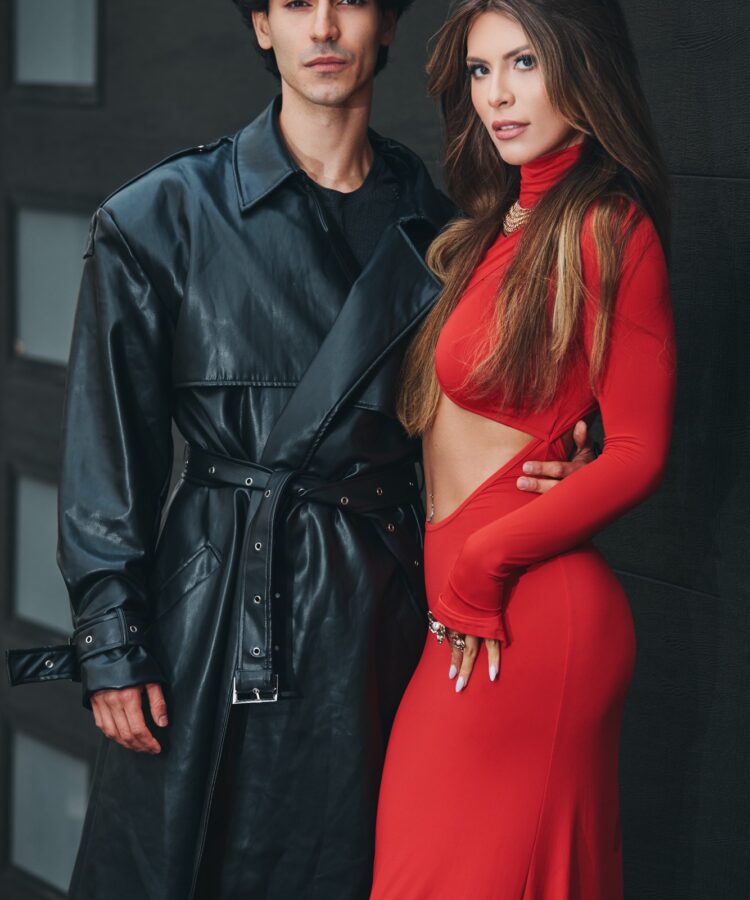
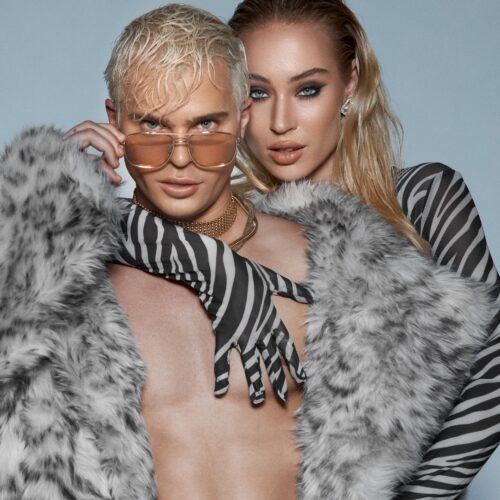
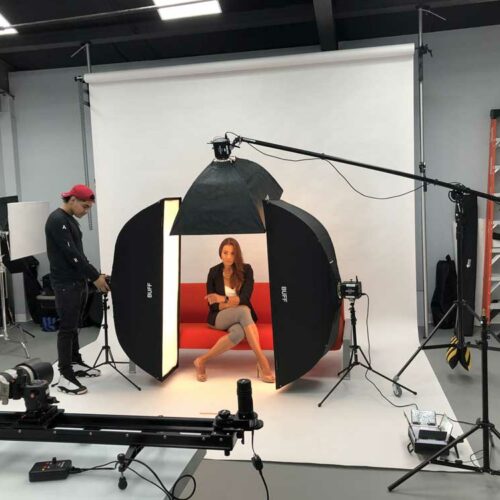
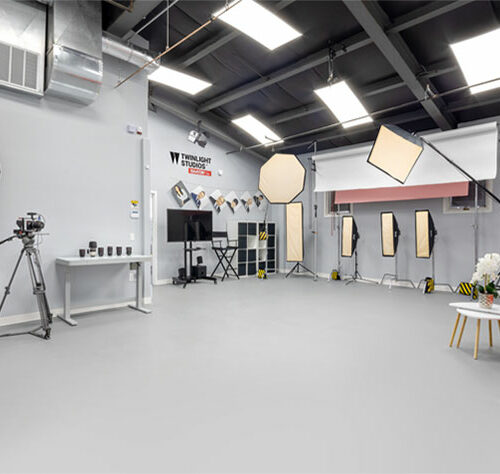
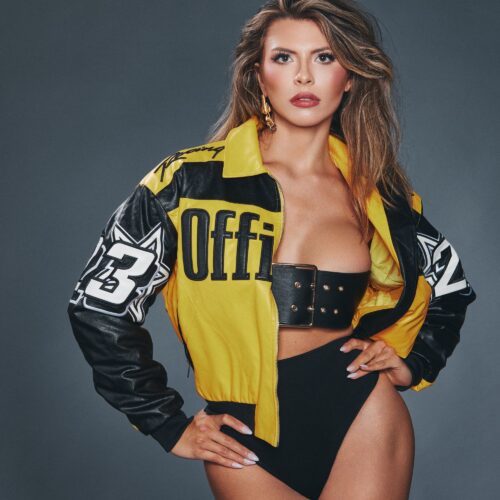
Comments (5)
Nice model photography and great tips share this post. You take this photo shoot so professionally. This post so interesting post. Thanks for share this post.
Wow! What the easiest tips ever!
It was really helpful when you said to provide measurements before going to the photoshoot. My sister is wanting to look into finding more modeling jobs so that she can start her career as being a model, and she wanted to know more tips on going to a photoshoot. I’ll make sure to pass this information along to her so that she can know more tips about going to a photoshoot!
Get relaxed and also get in the mood. It is a very important part. For a nice photoshoot, the model should be in the mood. Anyway, thanks for this blog. Stay safe.
Thank you for such great tips!